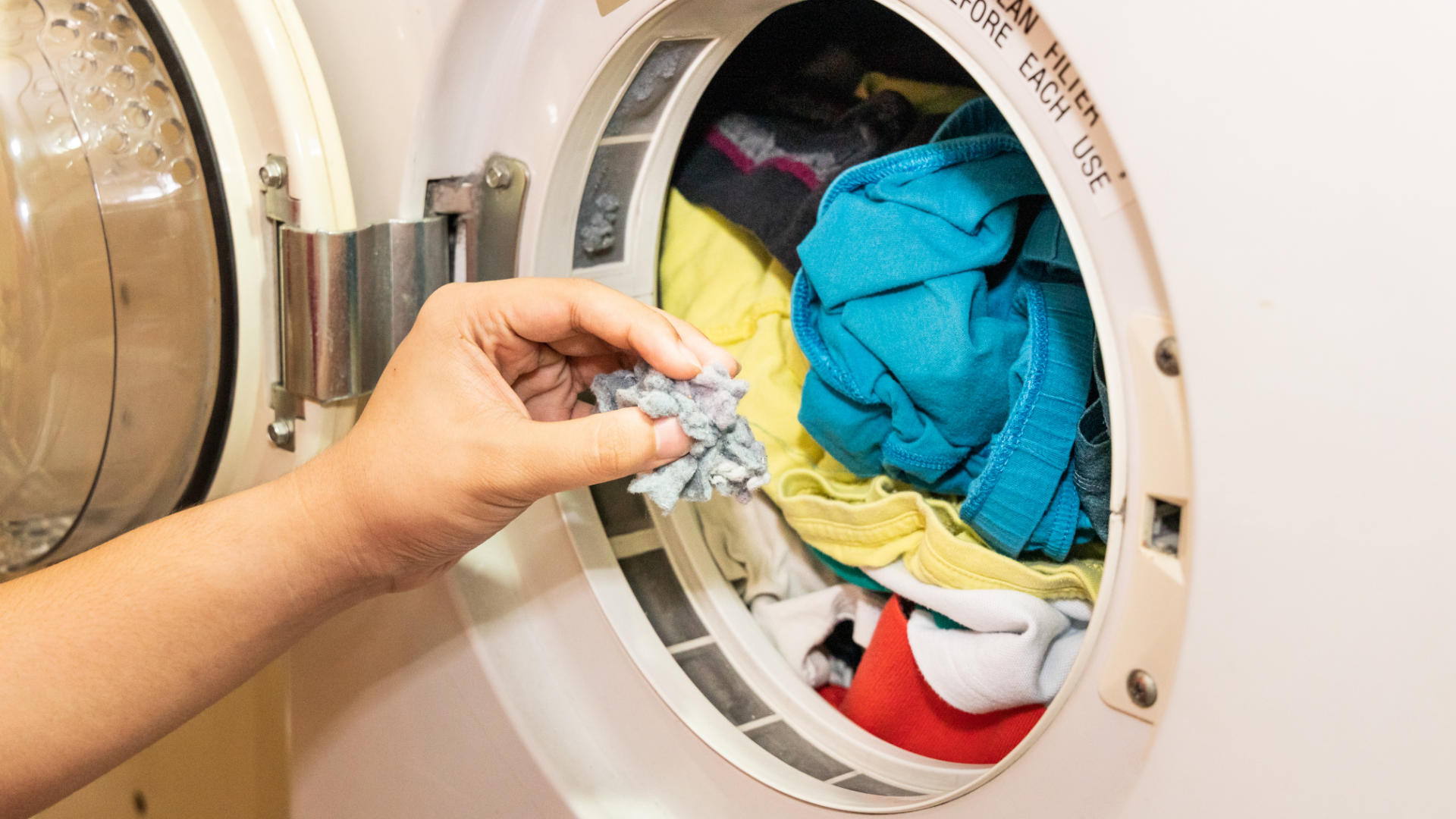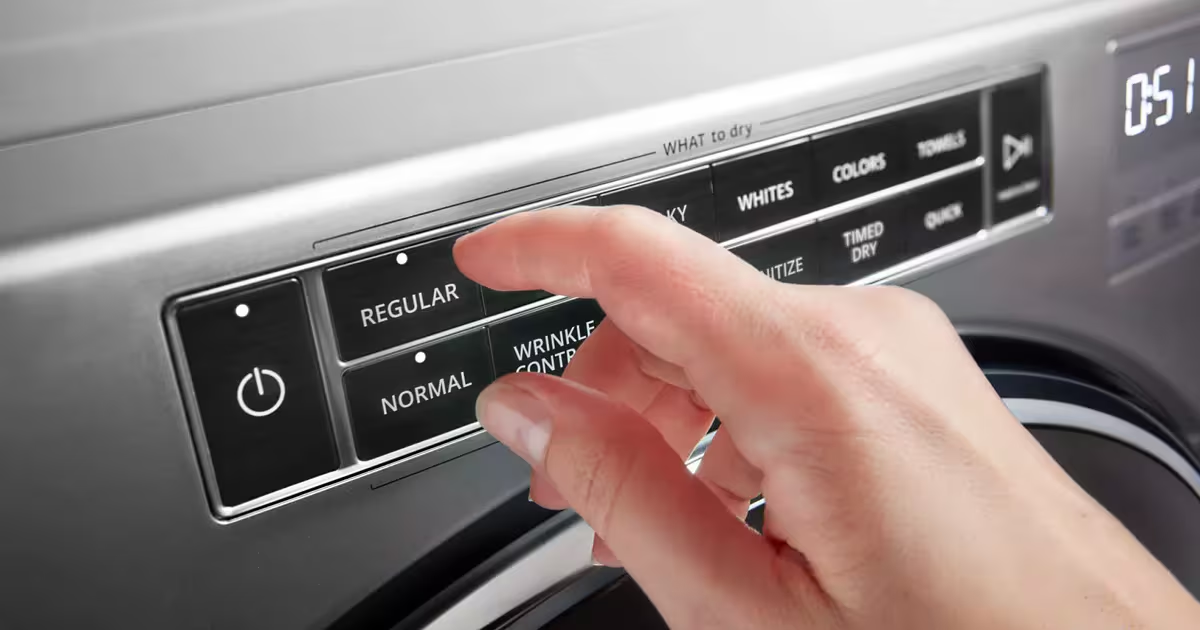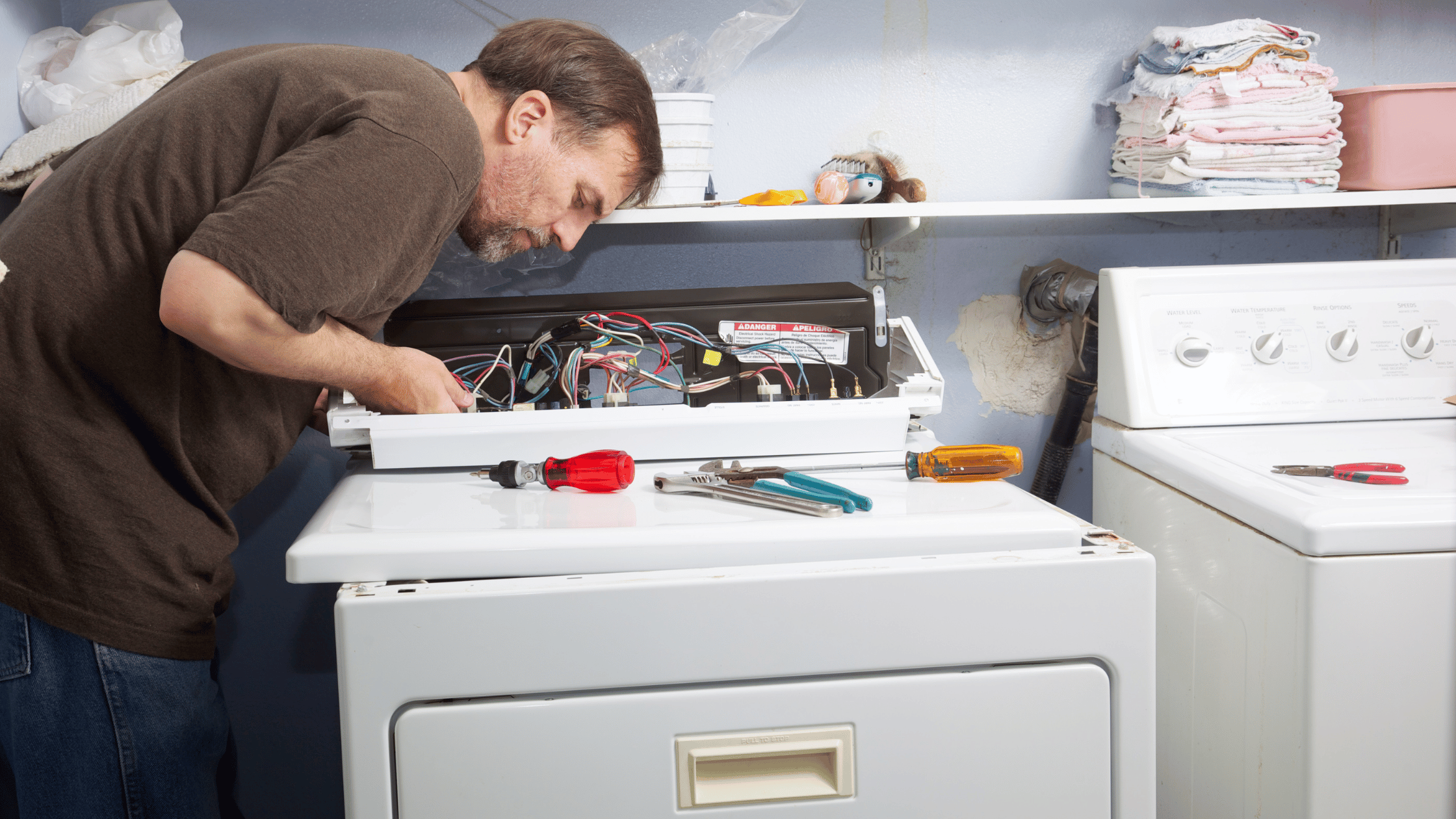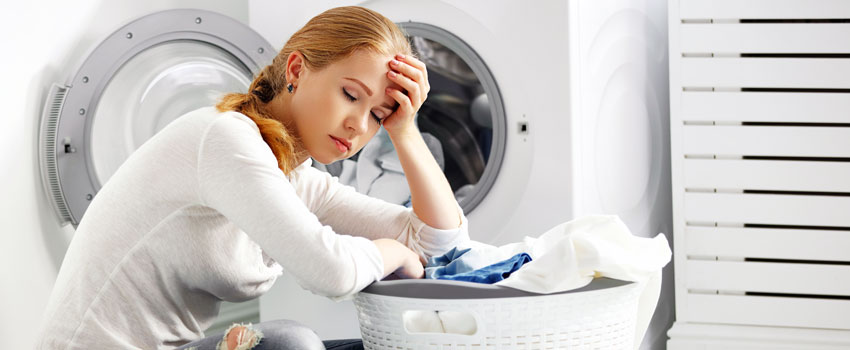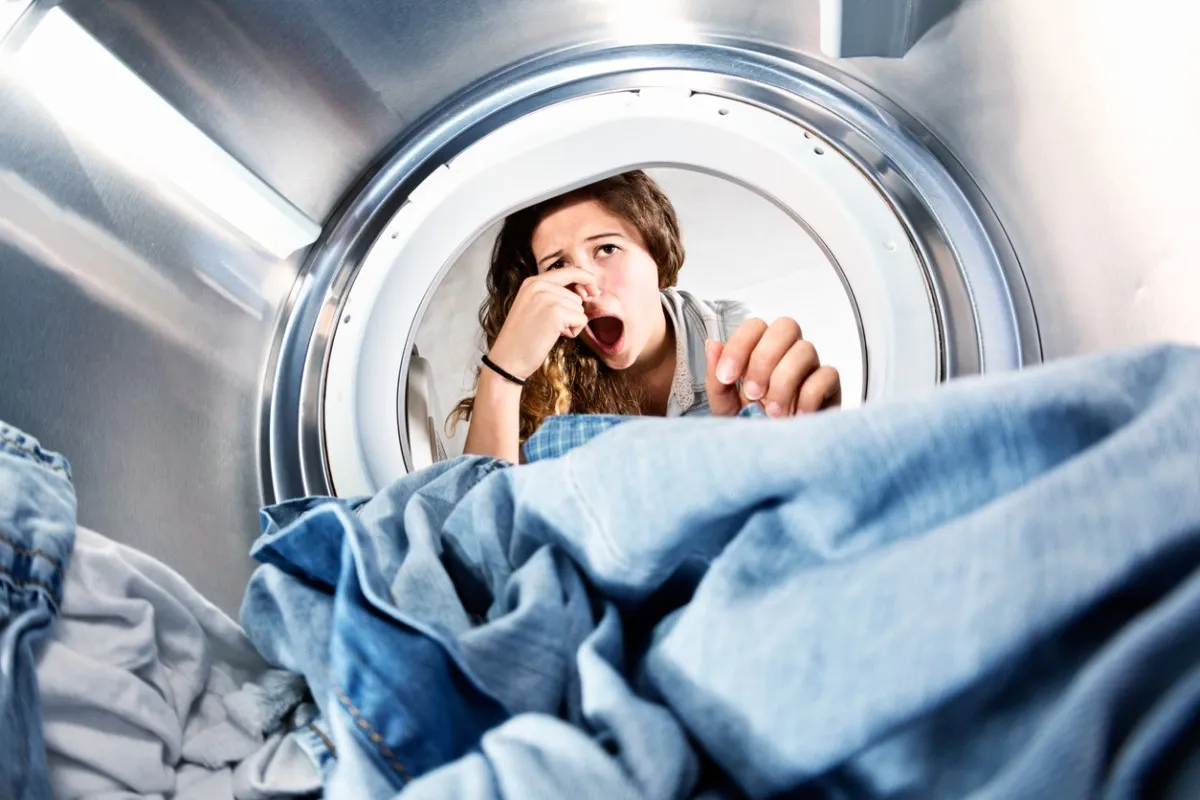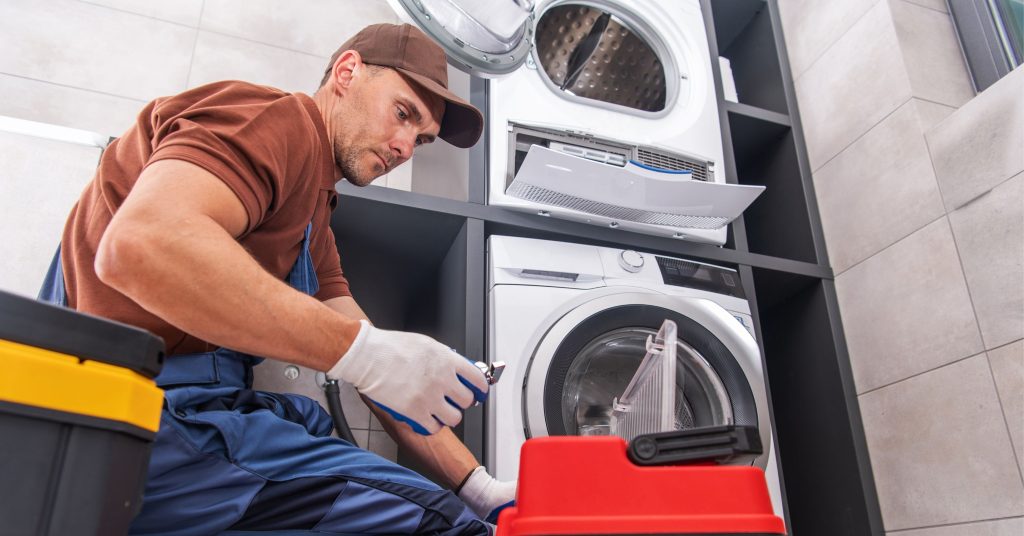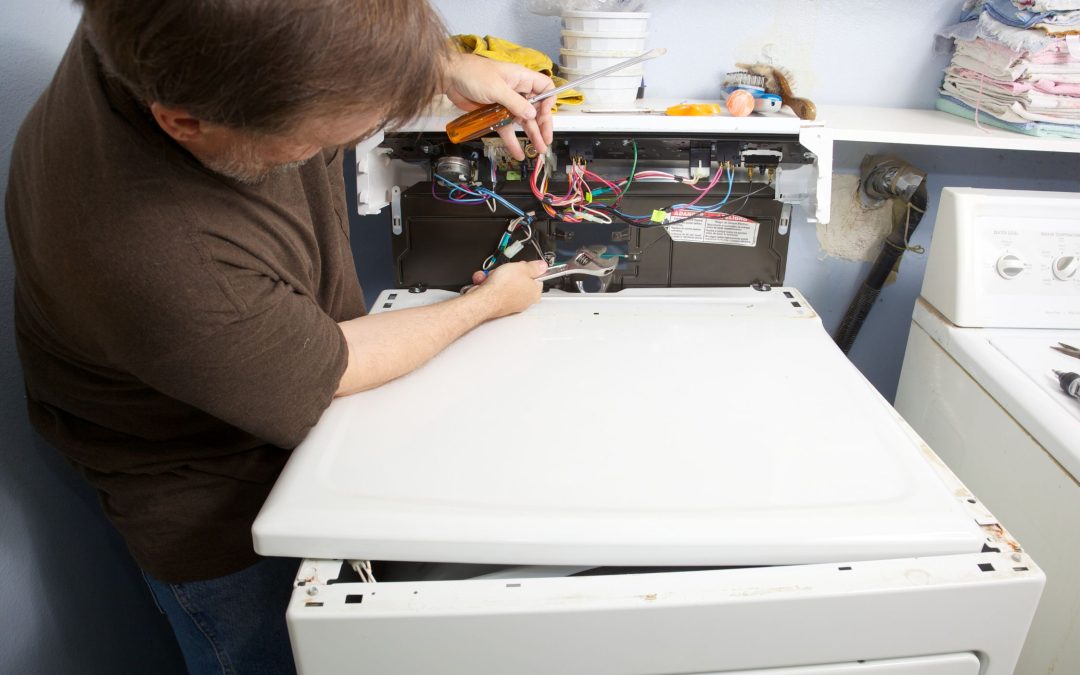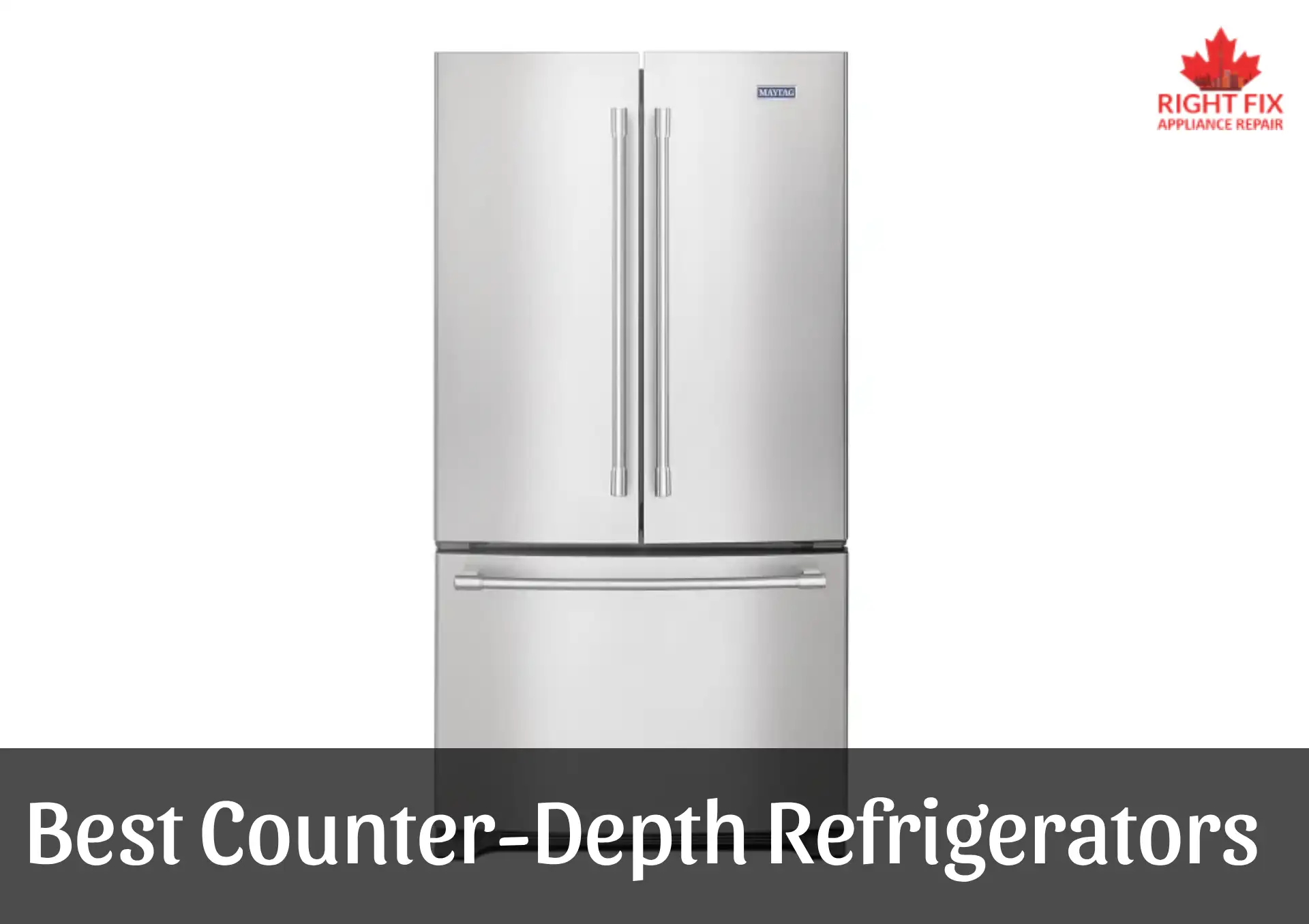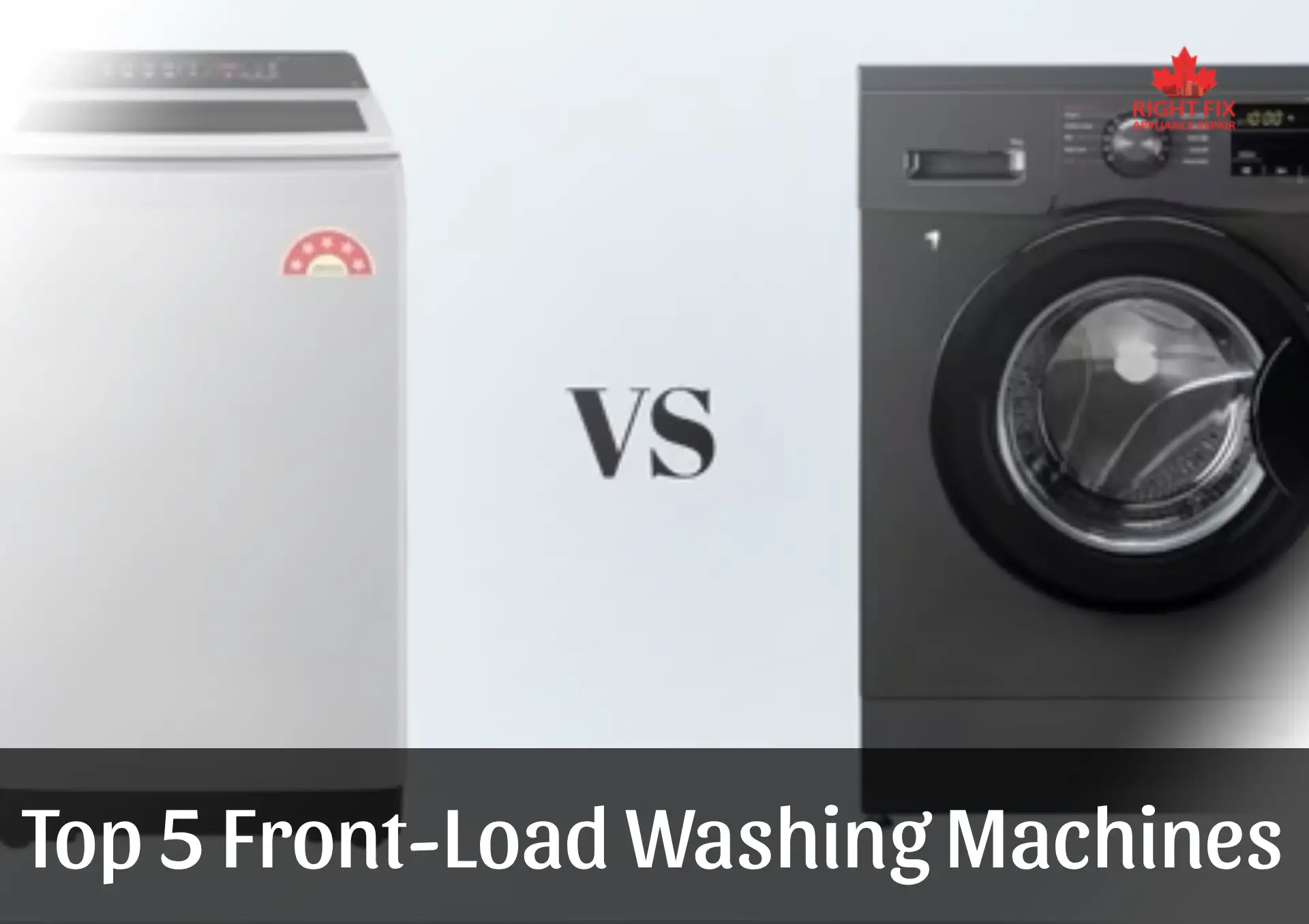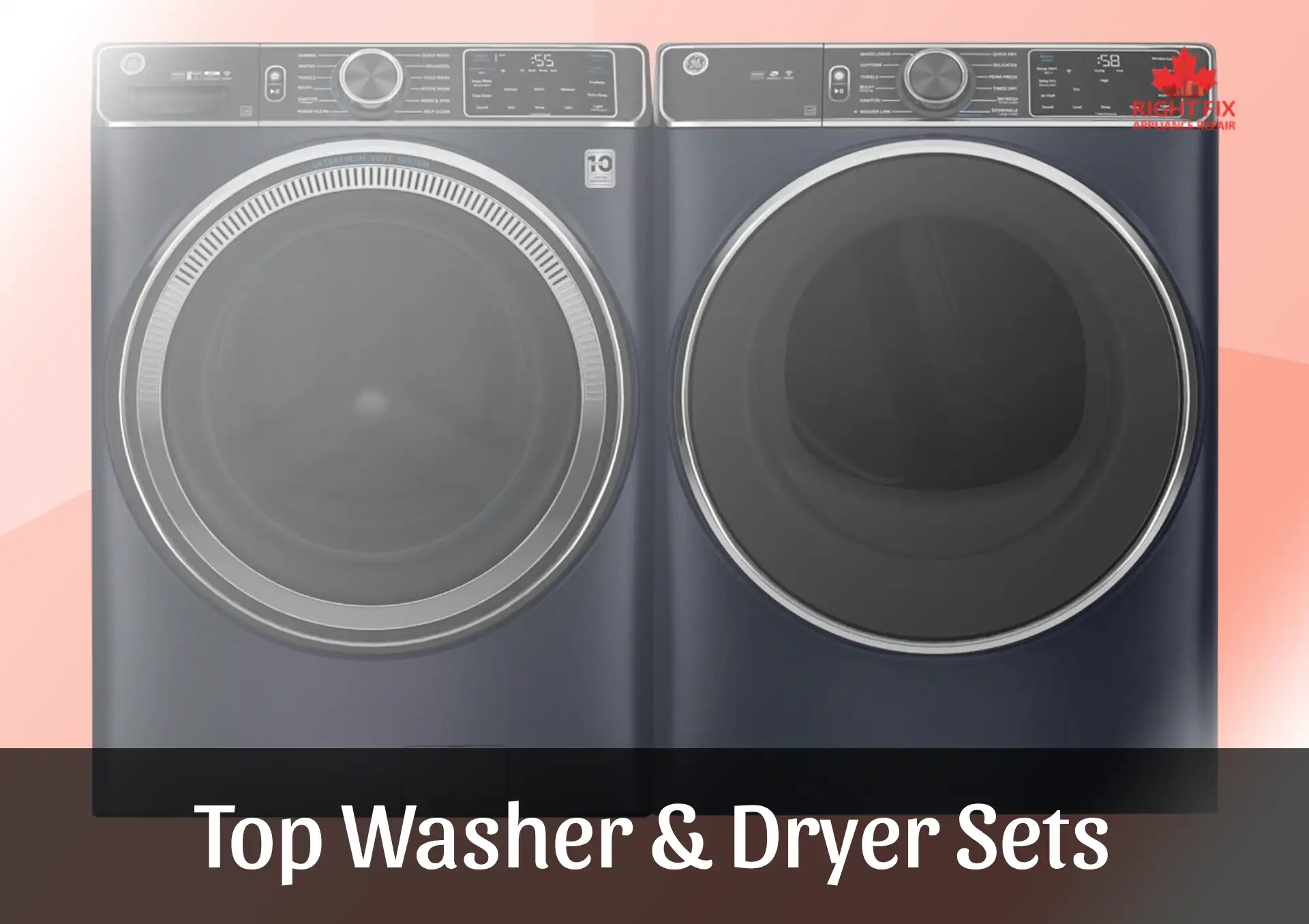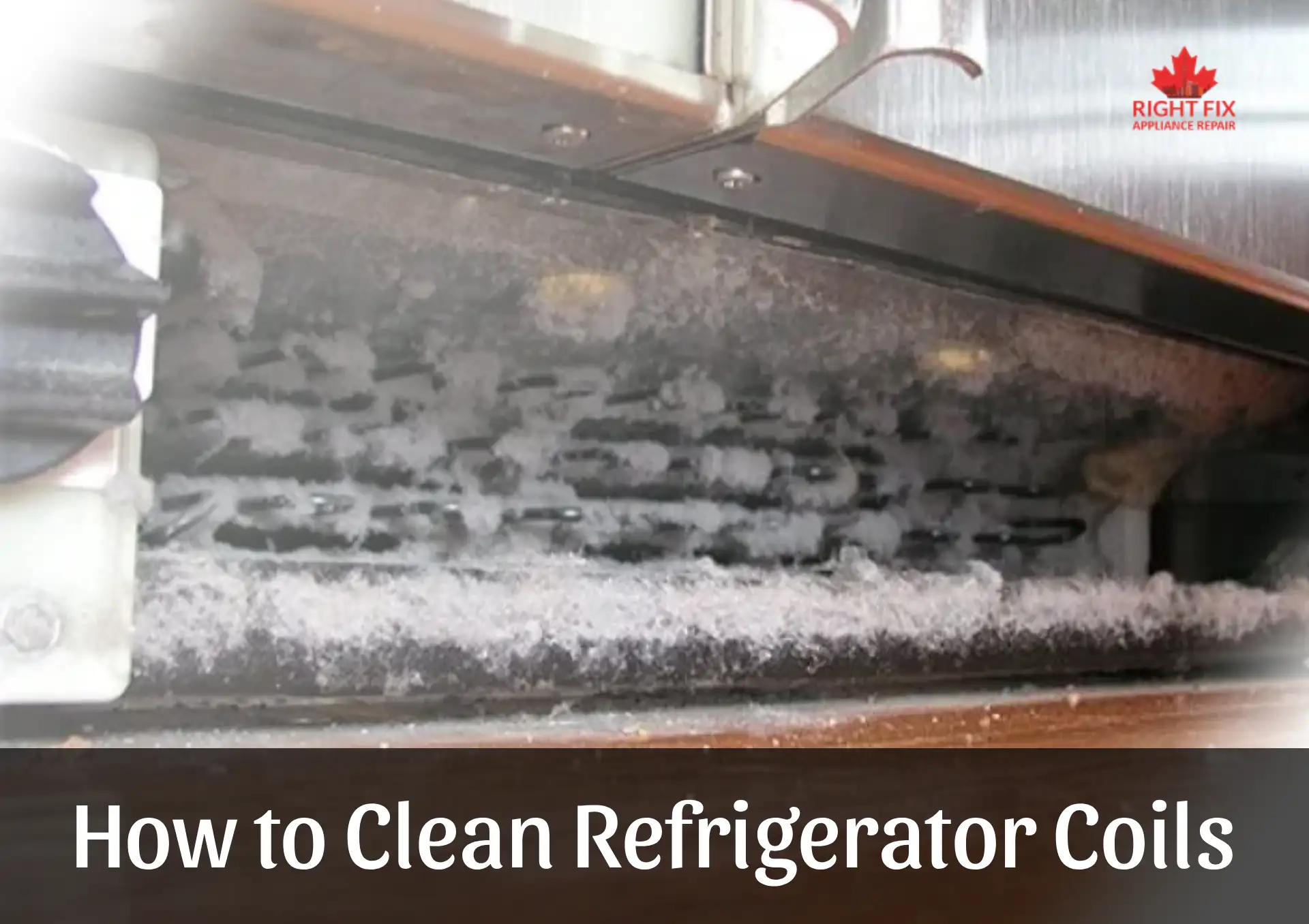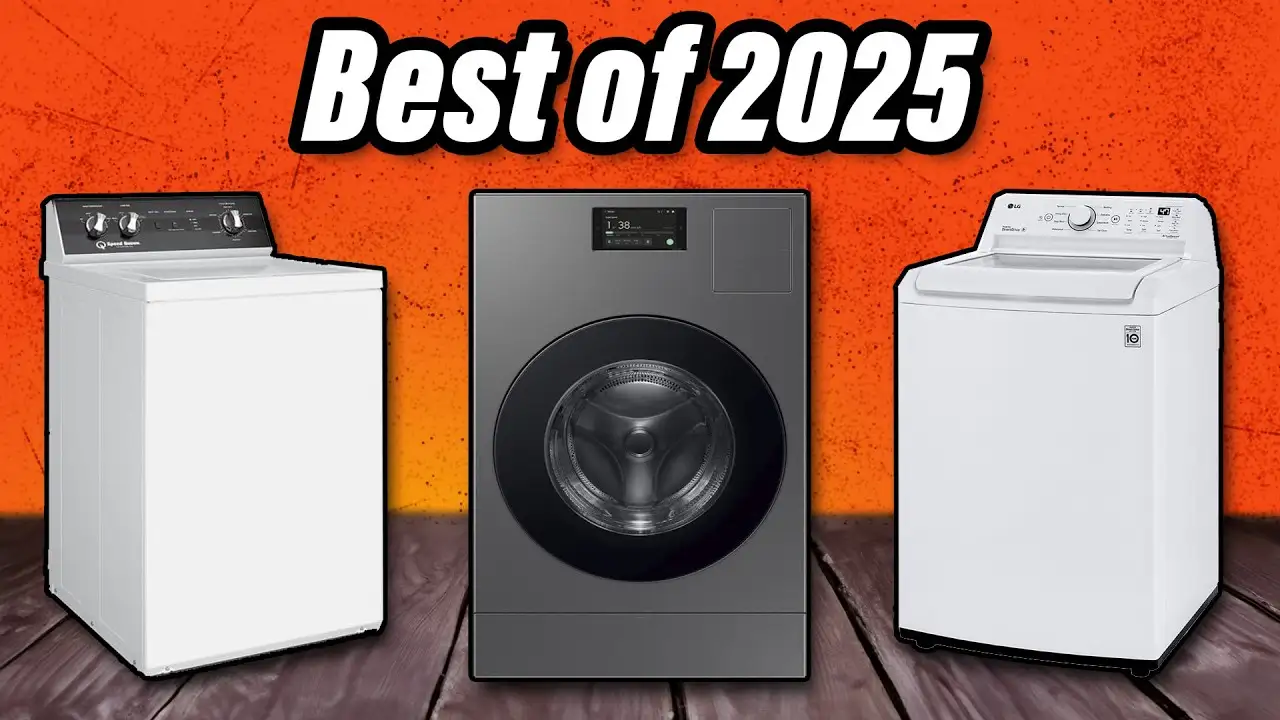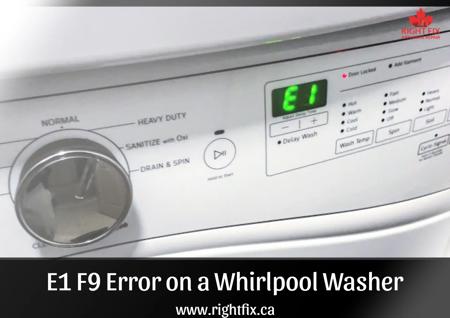Should You Fix or Replace Your Dryer?
Most homeowners have experienced a situation where their dryer has broken, and they do not know whether to repair or replace your dryer. Dryers are costly thus selecting the right dryer will help reduce the cost and time spent. This may not be easy as buyer has to balance some factors such as repair, energy efficiency, age of the appliance, and the price of repairs. This post will explain the common dryer issues and orientation on when should you replace vs repair your dryer and where to seek help for comparison in terms of costs.
Common Dryer Problems and What They Mean
Although dryers are meant to work for years without malfunction, like any equipment they can eventually run poorly. Here is a list of some typical dryer problems you could run across together with their reasons.
Dryer Not Heating
One of the most annoying problems you could run across is a dryer not heating. This issue has a few generally accepted causes, including:
-
Faulty Heating Element: The dryer generates heat in part by the heating element. Should damage or wear on your dryer exist, it will not heat.
-
Broken Thermal Fuse: The thermal fuse is a safety gadget meant to keep the dryer from overheating. Should it blow, the dryer loses heat.
-
Malfunctioning Thermostat: Should the thermostat controlling the temperature malfunction, the dryer may fail to heat as expected.
When to Repair: Usually, changing the heating element or fuse is reasonably cheap if the problem arises from these components. The repair could be more costly, though, if the problem stems from the thermostat or another more complicated component.
Dryer Won’t Start
Another often occurring issue is a dryer that just won't start. Should your dryer be totally inoperable, there are a few possible reasons:
-
Power Supply Issues: Make sure the circuit breaker hasn't tripped and the dryer is hooked in appropriately.
-
Door Latch Problems: As a safety measure, the dryer won't start should the door lock or switch break.
-
Faulty Start Switch or Timer: If the start switch or timer fail, the dryer could not start.
When to Repair: If the issue be a damaged door latch or start switch, these are rather easy and cheap repairs. If the problem originate with the electrical components, expert advice could be required.
Loud Noises During Operation
Often a clue of a mechanical dryer problem are loud or odd noises. These are some typical reasons of noisy operation:
-
Worn Drum Bearings or Rollers: If the drum bearings or rollers be worn out, the dryer may emit loud noises during tumble.
-
Broken Drive Belt: A broken drive belt could let the dryer generate grinding or screeching noises.
-
Foreign Objects in the Drum: Small things like buttons or pennies can occasionally become caught in the drum or vent system and cause noise when running.
When to Repair: Usually for a quite moderate cost, worn drum bearings, rollers, or belts can be changed. Should the issue be more severe—that of a failing motor—replacement could be required.
Clothes Taking Too Long to Dry
Several things could be at work if your dryer is drying your clothing far more slowly than expected:
-
Clogged Vents: One of the most often occurring causes of ineffective drying in the vent system is lint buildup. It limits airflow, which drives the dryer to run longer and harder to dry clothing.
-
Broken Thermostat: A broken thermostat could cause the dryer to overheat or underheat, therefore extending the drying duration.
-
Overloading: If the dryer is overcrowded, the clothing cannot tumble freely, therefore impeding the appropriate circulation of the hot air.
When to Repair: Looking for lint collection and cleaning the vents is one really cheap and simple cure. Still, a malfunctioning thermostat can call for replacement.
Unusual Smells or Burning Odors
A major reason for concern is a burning smell or any other odd scent you detect as your dryer runs. Burning scents have most often come from:
-
Lint Buildup: Should it gather around the heating element or in the dryer's exhaust, lint is quite flammable and might start a fire.
-
Electrical Issues: A burning smell could point to electrical issues, which could be harmful if not taken quick attention to.
-
Overheating: Burning smells might also result from overheating internal components of the dryer.
When to Repair: If you detect a burning smell, stop running the dryer right once and look for lint accumulation. If the problem continue, you should have a professional to check the appliance for either electrical or thermal problems.
When Should You Repair Your Dryer?
Repairing your dryer is often the most reasonable and reasonably priced solution in many cases. Let's investigate when repairs make sense.
Affordable Repairs for Minor Issues
If the issues with your dryer are minimal, fixing them usually is the best option. Affordably and fast repairs for a broken belt, a clogged vent, or a malfunctioning door latch can be accomplished. Often without the need for a pricey replacement, these modifications can bring the dryer back to full functioning.
Age of the Dryer: Under 10 Years Old
Usually still with a fair lifetime left in them are dryers less than ten years old. If your dryer is still somewhat new, it could be worth repairing most dryers last between 10 and 15 years. Under 10 years old, a well-maintained dryer is usually more reasonably priced to repair than replace.
Warranty Coverage and Service Options
See whether your dryer is still covered by warranty before deciding to replace it. A manufacturer's guarantee covering repairs comes standard on many new dryers. Should your dryer be under warranty or have an extended service plan, it could be worth employing these services to get it fixed free from further expenses.
Simple Fixes (e.g., Clogged Vents, Broken Belt)
Some dryer issues, like fixing a broken belt or clearing blocked vents, are simple. Usually costing little to nothing, these easy repairs greatly increase the lifetime of your dryer. Should these be your problems, repairs offer a fantastic solution.
When Should You Replace Your Dryer?
Although repairs are usually possible, occasionally replacing your dryer is the wiser decision. Let us examine more closely when a replacement is needed.
Frequent or Expensive Repairs
A good indication that it could be time for a new dryer is if your dryer requires frequent repairs and the costs of such repairs are is mostly a little high. If for instance one has already replaced the thermostat, the motor and the heating element and the dryer is not working again, then repairing it again may not be cost effective.
Upgrading to Energy-Efficient Dryers
There are various factors of modern dryer which also have energy efficiency ability and may thus reduce your electricity bills. Technological solutions like moisture sensors, heat pump systems cuts a sway in energy efficient dryers that dry the cloths with fewer energy resources in a shorter time. Even when you use your wallet to purchase an energy-efficient dryer, you will end up using a lot less energy in the future and you will be able to recover your costs faster.
Age of the Dryer: Over 10 Years Old
Your dryer is more likely to break down and run ineffectively once it is over ten years old. It could be consuming significantly more energy than more recent models even if it is still functioning. Usually the better long-term investment is upgrading to a newer, more efficient model. Older dryers also lack the contemporary conveniences of faster drying times and smart technology present in new machines.
Modern Features and Performance Benefits
Modern technologies included in newer dryers enhance convenience and performance by means of enhanced features. Among these qualities are:
-
Smart Technology: Many contemporary dryers feature Wi-Fi capabilities, which let you monitor and manage your dryer from a distance.
-
Faster Drying Times: New dryers utilize sophisticated sensors to track when clothes dry, therefore lowering drying times and avoiding over-drying.
-
Enhanced Safety Features: Many more modern models include built-in safety features including automated shut-off systems meant to stop overheating.
Cost Comparison: Repair vs. Replace
Is it cheaper to repair or replace your dryer? The cost of your dryer will be one of the most crucial considerations in determining whether to replace or repair it. The following describes the expected results of comparing replacement to repair prices.
Typical Dryer Repair Costs
Repair costs can vary depending on the issue, but here are some general estimates:
-
Heating Element Replacement: $150 to $300
-
Motor Replacement: $250 to $500
-
Thermal Fuse Replacement: $100 to $200
-
Door Latch Replacement: $50 to $100
-
Drive Belt Replacement: $75 to $150
Your location and the particular repair firm will affect these rates, but it will help you to have a rough idea of what to pay.
Average Cost of a New Dryer
The kind, size, and features of a new dryer will all greatly affect its cost. These are some overall pricing ranges:
-
Basic Models: $400 to $600
-
Mid-Range Models: $600 to $1,000
-
High-End Models: $1,000 to $2,000+
Apart from the dryer's own cost, you have to consider installation expenses, which may run from $100 to $200.
Long-Term Savings with Energy-Efficient Dryers
Because they run less electricity, energy-efficient dryers can help you save a lot of money on your utilities over time. For homes trying to cut their energy expenses, an energy-efficient dryer is a wise purchase since, over time, reduced electricity costs usually offset their initial higher cost.
Contact Us for Dryer Repair or Replacement
Our specialty at RightFix is replacements as well as dryer fixes. Our knowledgeable staff is ready to evaluate your appliance, offer you a comprehensive cost estimate, and walk you through the best choices for your dryer. We are here to assist with either a complete replacement or a simple fix.
Location we Service
- Ajax
- Alliston
- Aurora
- Bolton
- Bradford
- Brampton
- Brantford
- Burlington
- Caledon
- Cambridge
- Concord
- East York
- Etobicoke
- Georgetown
- GTA
- Guelph
- Halton Hills
- Hamilton
- Innisfil
- Keswick
- King City
- Kitchener
- Kleinburg
- Maple
- Markham
- Milton
- Mississauga
- New Tecumseth
- Newmarket
- North York
- Oakville
- Orangeville
- Oshawa
- Pickering
- Richmond Hill
- Scarborough
- Schomberg
- Stouffville
- Thornhill
- Toronto
- Unionville
- Uxbridge
- Vaughan
- Waterloo
- Whitby
- Woodbridge




